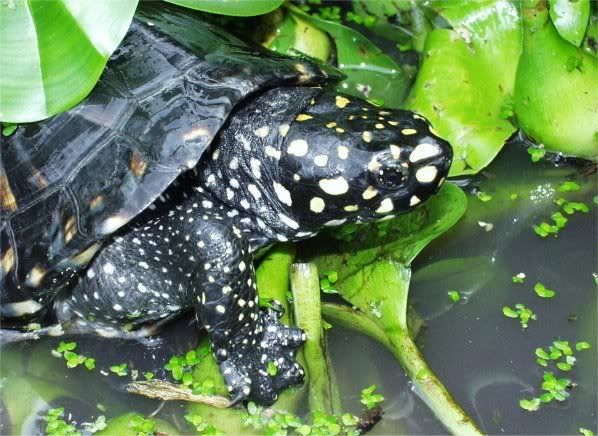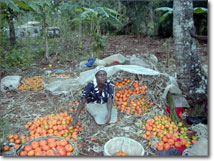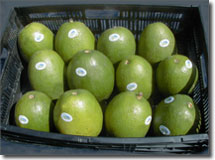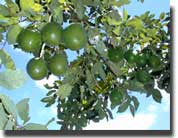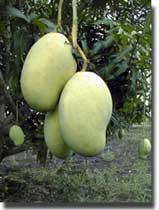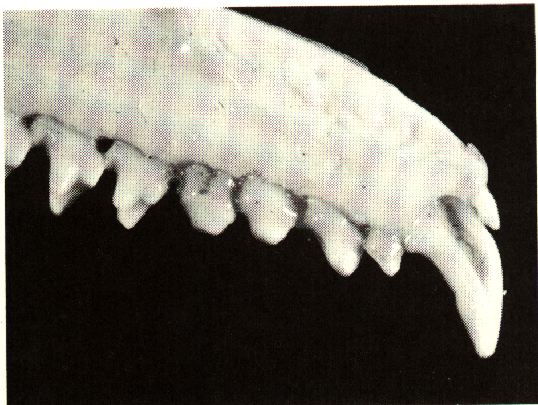

Baraka is an incredible nonverbal film containing images of 24 countries from 6 continents, created by Ron Fricke and Mark Magidson, with music from Michael Stearns and others. The film has no plot, contains no actors and has no script. Instead, high quality 70mm images show some of the best, and worse, parts of nature and human life. Timelapse is used heavily to show everyday life from a different perspective. Baraka is often considered a spiritual film.
Baraka is an ancient Sufi word, which can be translated as "a blessing, or as the breath, or essence of life from which the evolutionary process unfolds." For many people Baraka is the definitive film in this style. Breathtaking shots from around the world show the beauty and destruction of nature and humans. Coupled with an incredible soundtrack including on site recordings of The Monks Of The Dip Tse Chok Ling Monastery.
Baraka is evidence of a huge global project fueled by a personal passion for the world and visual art. Working on a reported US$4 million budget, Ron Fricke and Mark Magidson, with a three-person crew, swept through 24 countries in 14 months to make this stunning film.One of the very last films shot in the expensive TODD-AO 70mm format, Ron Fricke developed a computer-controlled camera for the incredible time-lapse shots, including New York's Park Avenue rush hour traffic and the crowded Tokyo subway platforms.
Baraka is an ancient Sufi word, which can be translated as "a blessing, or as the breath, or essence of life from which the evolutionary process unfolds." For many people Baraka is the definitive film in this style. Breathtaking shots from around the world show the beauty and destruction of nature and humans. Coupled with an incredible soundtrack including on site recordings of The Monks Of The Dip Tse Chok Ling Monastery.
Baraka is evidence of a huge global project fueled by a personal passion for the world and visual art. Working on a reported US$4 million budget, Ron Fricke and Mark Magidson, with a three-person crew, swept through 24 countries in 14 months to make this stunning film.One of the very last films shot in the expensive TODD-AO 70mm format, Ron Fricke developed a computer-controlled camera for the incredible time-lapse shots, including New York's Park Avenue rush hour traffic and the crowded Tokyo subway platforms.

.gif)
